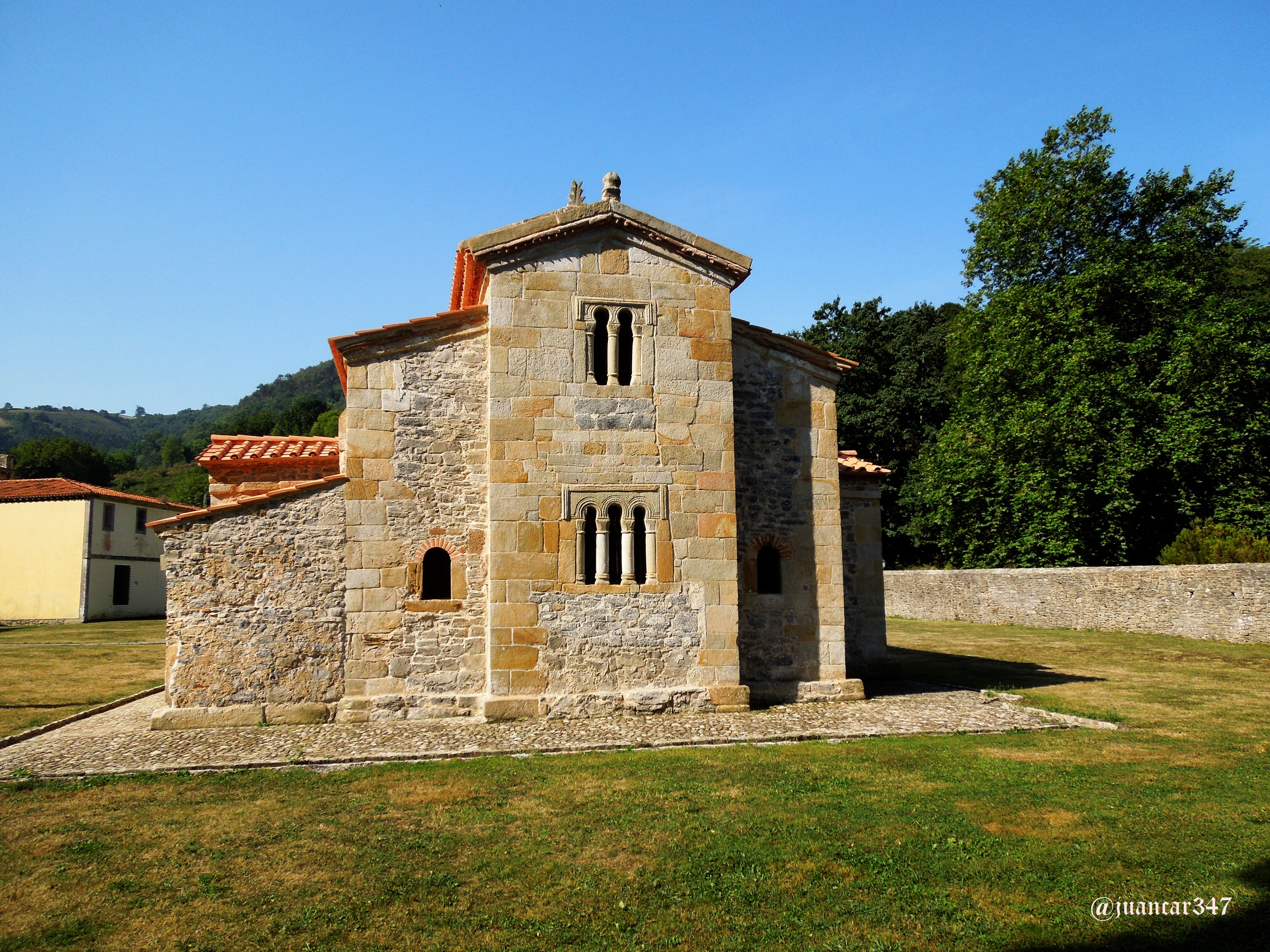 'Savior, this is a holy temple under the invocation of your name, may you also like all these gifts that we offer you here, but whoever tries to recklessly break my vows, who is deprived of the light, Christ, and who the earth swallows him in life and beggars and leprosy prey on his offspring '(1).
'Savior, this is a holy temple under the invocation of your name, may you also like all these gifts that we offer you here, but whoever tries to recklessly break my vows, who is deprived of the light, Christ, and who the earth swallows him in life and beggars and leprosy prey on his offspring '(1).
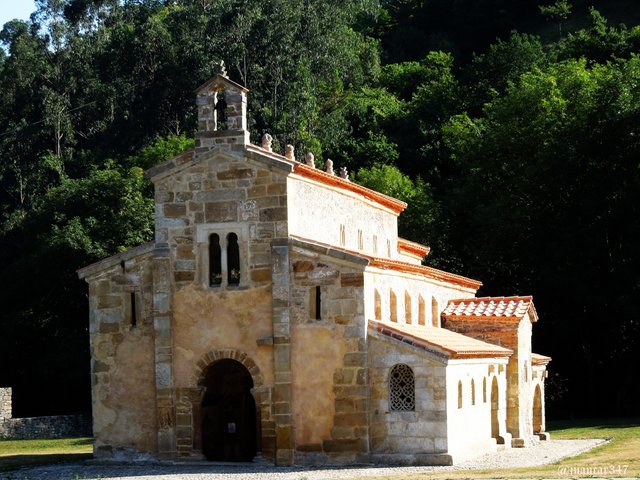
There is no doubt that one of the most fascinating and picturesque regions of the Principality of Asturias is Villaviciosa - the old Maliayo - whose name, following the basic principles of association for which we usually guide, evokes the obligatory reference to a determined drink, that still in the traditional songs, continues accompanying itself with the sublime qualifier of the gods, and that could well be compared with the soma or traditional sacred drink, determinative of other towns and other cultures: the cider.
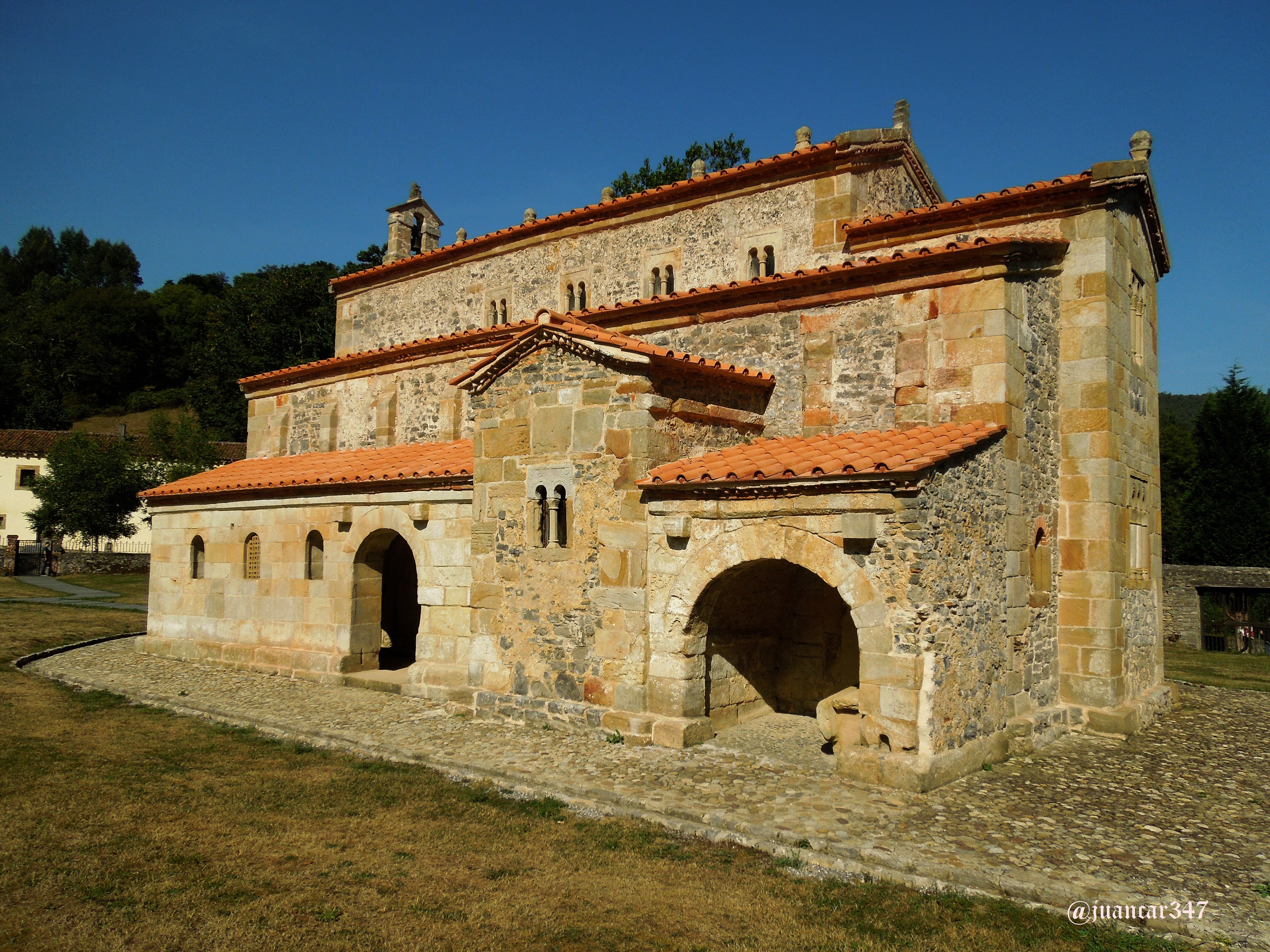
But it is not the magic inherent in her injesta and the interesting rites of brotherhood that accompany her, of what I want to speak in the present entry, but of another type of magic; a magic, related to the Way of the Stars, which continues with a, I hope that pleasant walk, by another one of the imposing treasures bequeathed by the Asturian Art: the monastery of San Salvador de Valdedios, also known, affectionately and popularly, as the Conventín .
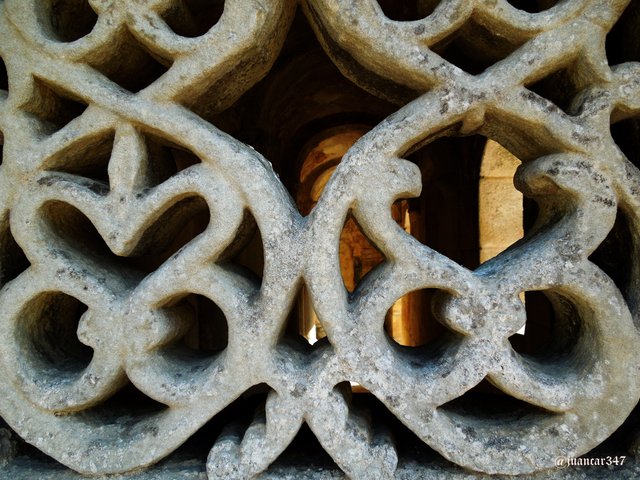
To reach the Boides Valley, and therefore, to the Conventín, is a sweet walk that can begin, very well, when we leave behind the urban Villaviciosa, with its Plaza del Ecce Homo and that Christ with an afflicted face, who always reproaches the traveler of: You, who pass by, look at me, contemplate all my wounds and you will see how badly you pay me the blood that I spilled; also, its church of Santa María de la Oliva, with its curious symbology, Star of David or Seal of Solomon well in sight and numerous pate crosses engraved in the eternal durability of the stone of its ashlars, following a road that forces you to leaving the city, distributing itself as an imaginary pata de oca, in three directions, which hide not a few wonders: on the left, San Juan de Amandi, San Andrés de Valdebárcena and San Xulián de Viñón; in front, the sanctuary of Santa María de Llugás and the Boides valley; on the right, the delicious Ría, San Andrés de Bedriñana and the picturesque seaside villages, such as El Puntal or Tazones.
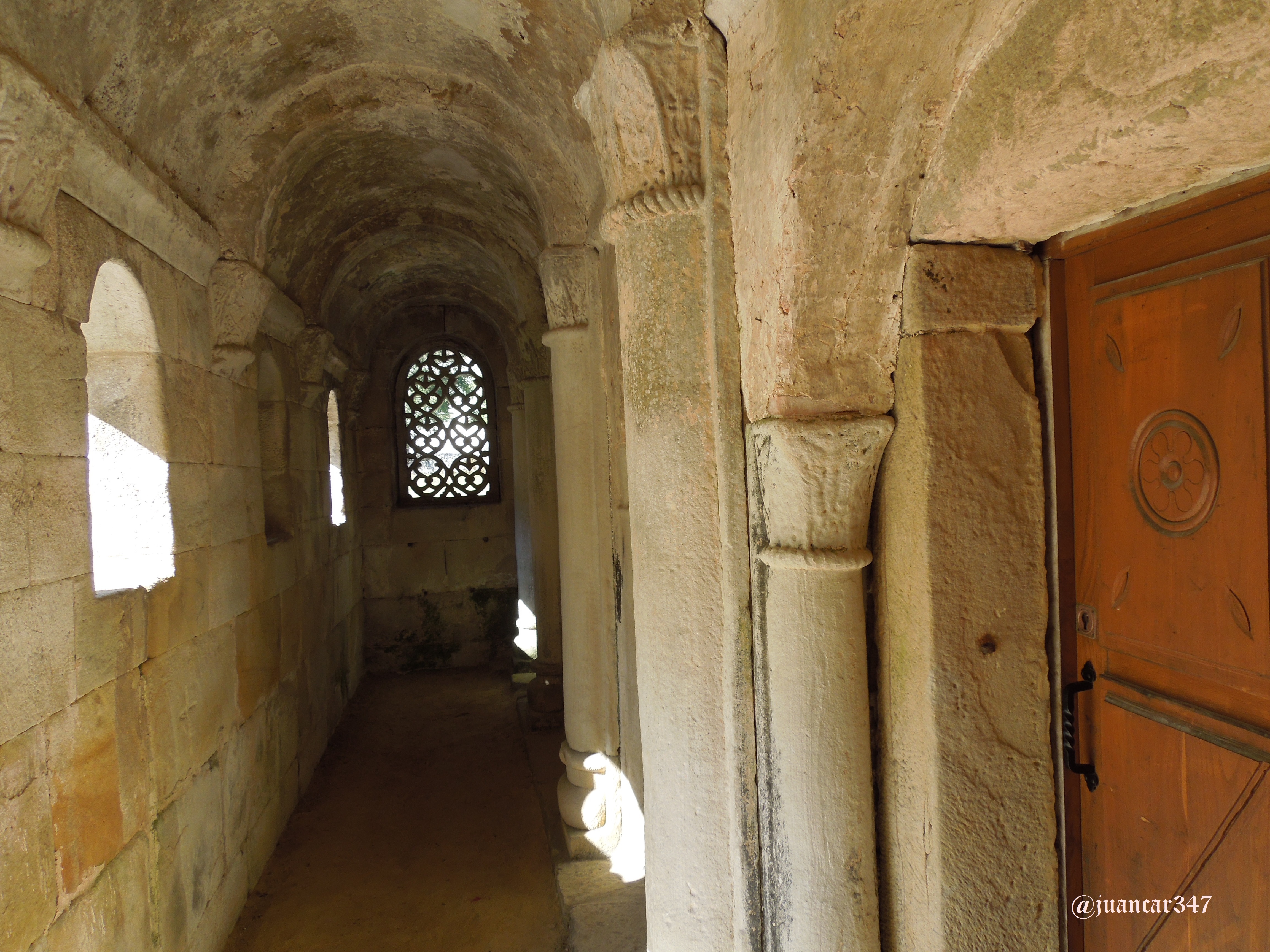
They say that in the latter, King Charles I of Spain and V of Germany disembarked, driven away by a storm from their original course towards Cantabrian ports. And they also say, I do not know if the good or the bad tongues, because there is, there is everything in the vineyard of the Lord, that both he and his entourage were confused with pirates, and the Bethlehem was about to be armed.
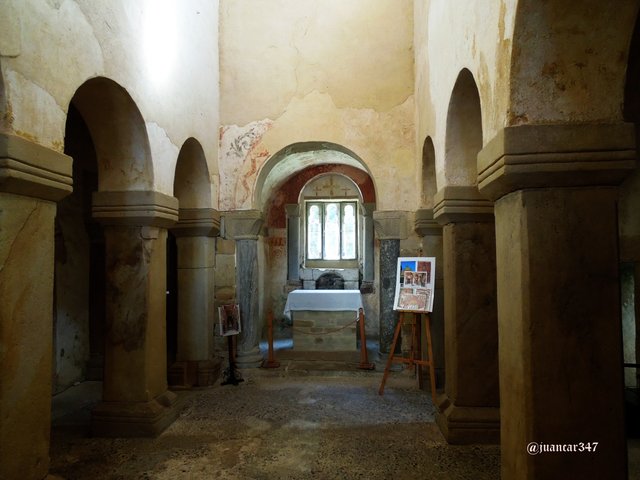
To the valley of Boides came, in the late ninth century, an afflicted king, seeking repose and probably disillusioned with human avidity: Alfonso III, whose throne was usurped by his own children. History says that he owes this singular wonder, in which the researchers observe features reminiscent of Santa María del Naranco and Santullano; that is, to San Julián de los Prados. And possibly it was for him, for whom the terrible inscription appears that serves as a prologue to the present entry.
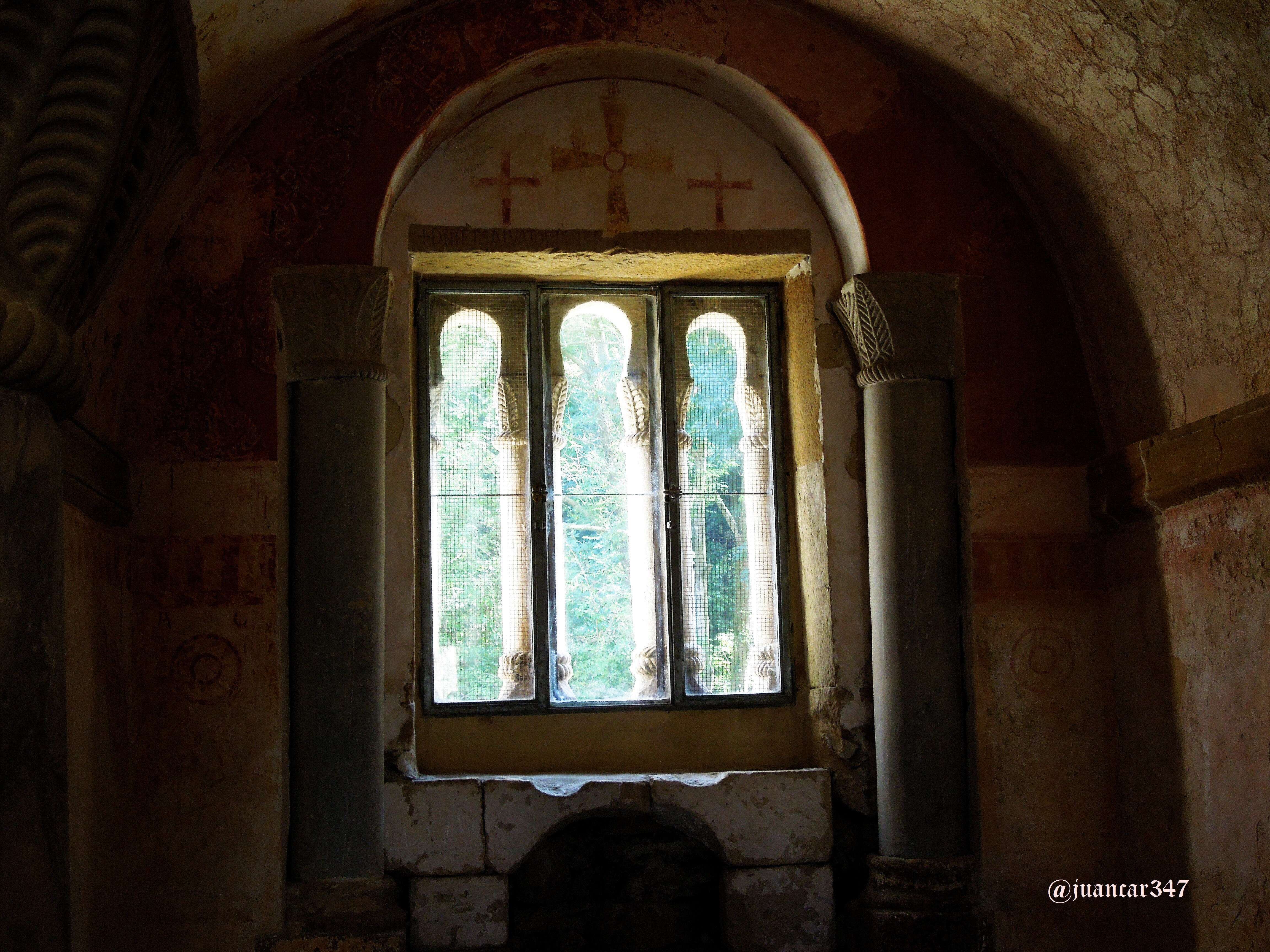
Something decidedly special had to have this temple, when on September 16 of the year 893, seven bishops (2) -an emblematic number par excellence- attended his consecration, as recorded on the consecrated tombstone that can be seen in the so-called Chapel of the Bishops, located at the end of one of the lateral sections, making a corner with the apse.
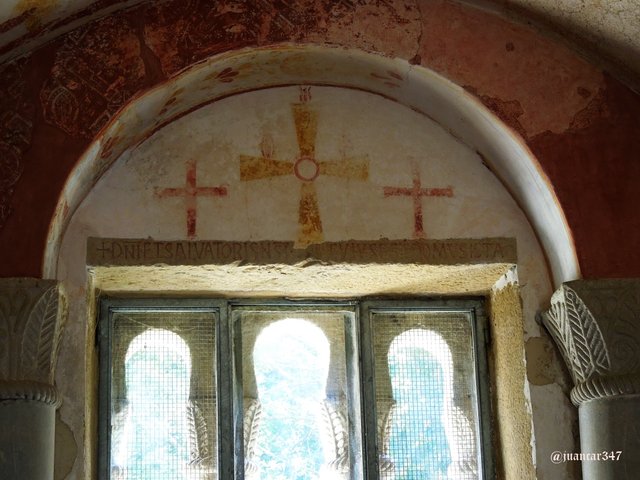
But they are merely circumstantial details, in my opinion, if we compare them with the impressive sense of respect that comes from stepping inside a place of such long-standing antiquity, where the echo of one's own steps seems to be confused with the moans of pain that exhale, from some canvases crushed by time and oblivion, the faint fragments of what one day skillful hands, probably Mozarabic, left as a testimony of craftsmanship and devotion. Because of this, it is hard to believe that, in reality, one looks anguished at the little more than unrecognizable fragments of an authentic Sistine Chapel that died, curiously, in centuries where reasoning and illustration were supposed to be determining factors.
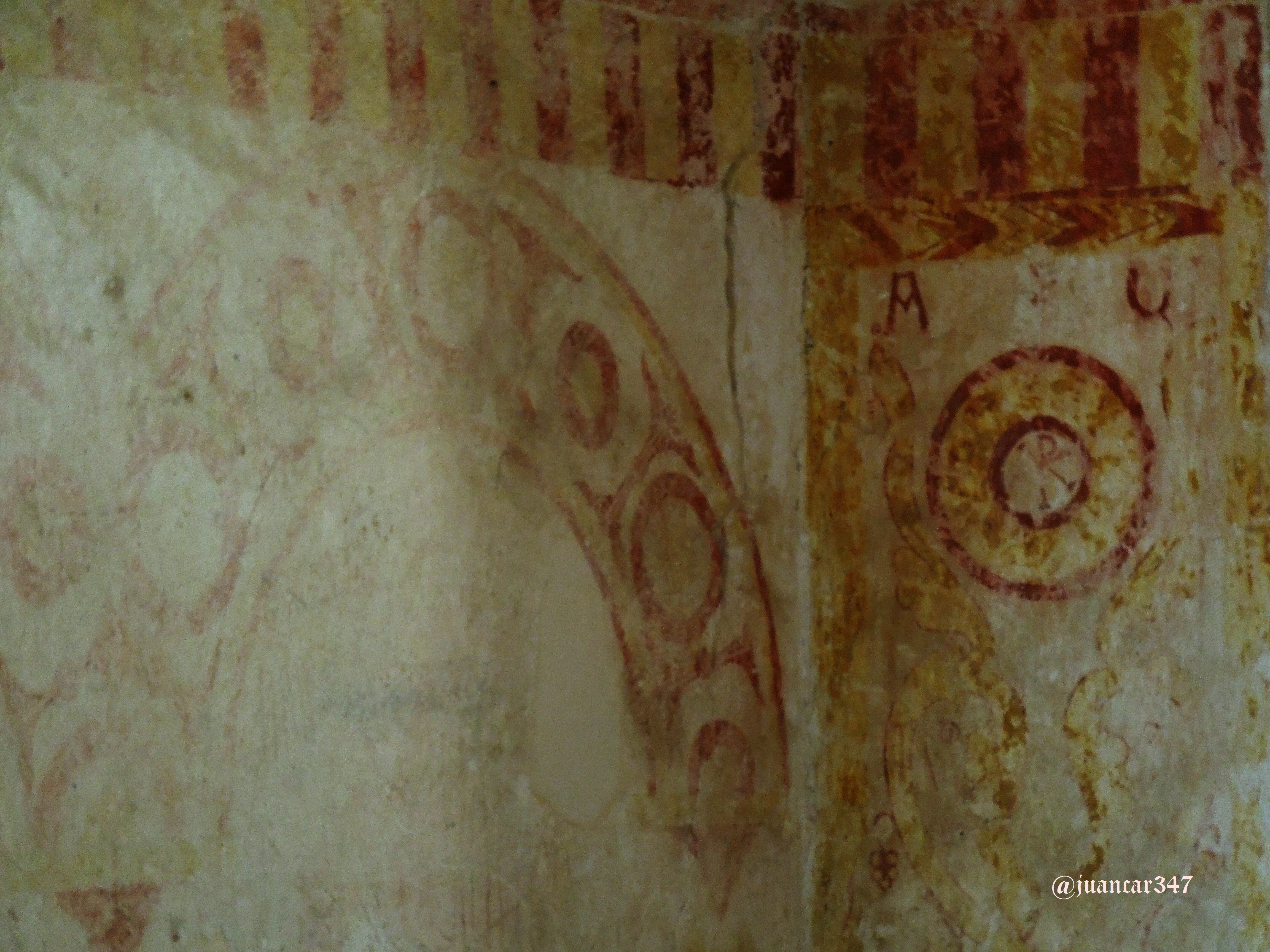
The Asturian crosses of the main chapel of the apse attract, nevertheless, powerfully the attention, making the curious, if not the dreamer, wonder who were really those angels that the Tradition -beautiful treasure- asserts that they did in a night the original that is kept in the Holy Chamber of the cathedral of Oviedo, in company of the Cross of the Victory with which Don Pelayo made the miracle of Covadonga. Survive, if I remember correctly, in the chapel of the Epistle, dedicated to the figure of Saint John the Baptist -the one of the Gospel, he pays tribute to Santiago the Zebedee- a ruddy and intruder Renaissance angelfish, which indicates a pictorial over-exposure at an indeterminate time .
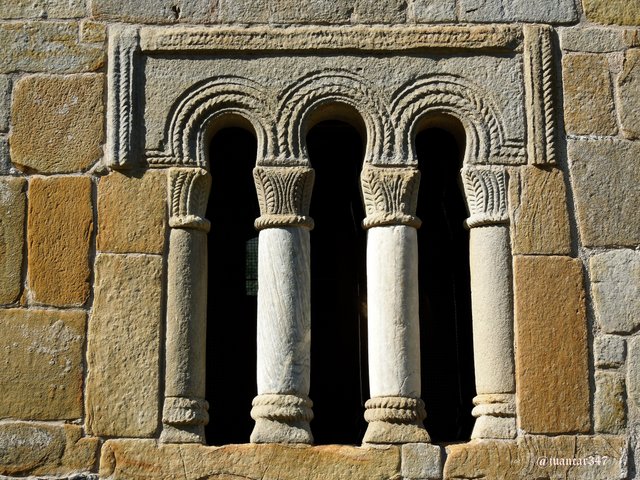
A must-see is also the Cistercian monastery of Santa María, located in the same meadow, a few meters from the Conventín, which has a hostel for the pilgrim, an interesting detail, since the Boides Valley is located 26 kilometers from Oviedo, in full Camino de Santiago, following a route that highlights, mainly, the temples of Santiago el Mayor and San Román, in Sariego and Santa María de Narzana, in the vicinity, about three kilometers from the town of Vega.
Notes:
(1) Inscription located on the lintel of the entrance portico. Similar inscriptions are located, also, on the lintel of the side door on the south side ('Take care, our Savior, of this holy temple, built on this solar saint, if the preserve were to temporarily take away estates or servants or anything a seller, a thief or thief, who is burned with all the wicked in hell '), and on the lintel of the side door on the north side (' If some try to take away our gifts, which here in your honor we put, suffer a terrible death, among endless evils, that I deplore in the company of Judas').
(2) Rudesindo of Dumio; Nausti de Coimbra; Sisnando de Iria; Arnulfo de Astorga; Argimiro de Lamego; Recaredo de Lugo and Elécanes de Zaragoza.
Related movie:
NOTICE: originally published in my blog ROMÁNICA, ENIGMAS DEL ROMÁNICO ESPAÑOL, although the text, revised, mostly photographs and video are unpublished in Steemit. Both the text, photographs, and video (with the exception of music, reproduced under a YouTube license) are my exclusive intellectual property. The original entry can be found at the following address: http://juancar347-romanica.blogspot.com/2011/09/la-magia-del-valle-de-boides-san.html
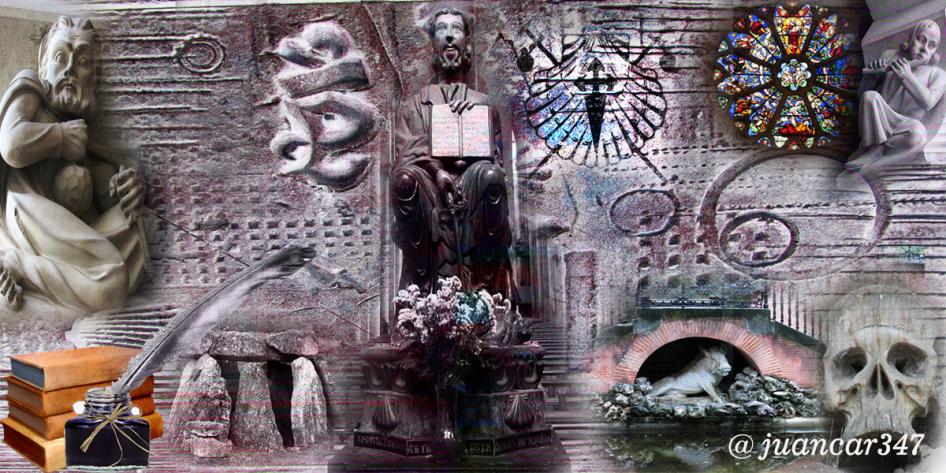
designed by: @txatxy
Congratulations, Your Post Has Been Added To The Steemit Worldmap!
Author link: http://steemitworldmap.com?author=juancar347
Post link: http://steemitworldmap.com?post=the-magic-of-the-boides-valley-san-salvador-de-valdedios
Want to have your post on the map too?
Downvoting a post can decrease pending rewards and make it less visible. Common reasons:
Submit
Thanks
Downvoting a post can decrease pending rewards and make it less visible. Common reasons:
Submit